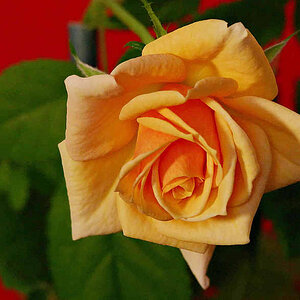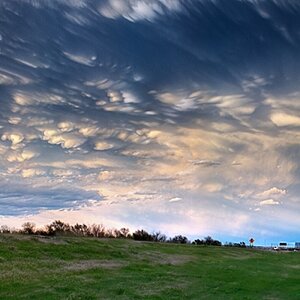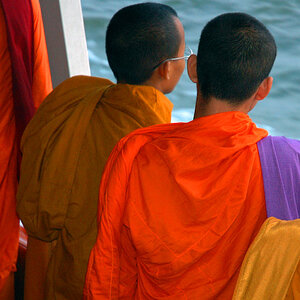Rob
TPF Noob!
Right, if that wasn't too many TLA in a title and you understood... 
I'm going to write up an illustrated beginners guide to photography for TPF and publish it as an Adobe PDF which everyone here will have access to.
Hopefully it will be helpful to everyone who reads it and will alleviate some of the perpetual "can you explain what aperture is?" questions. As it will be searchable and unalterable due to the choice of format, it should pull in more people to our lovely community.
It's going to be illustrated because the current sticky is a bit tricky to read and people still ask "what does that actually mean?". We all understand laziness, and people are far more inclined to read something with pwetty piccies in.
This is going to be a fairly major undertaking, and I'd like help from you chaps and chapesses taking some of the pictures - I will post in this thread asking for pictures which, say, demonstrate depth-of-field or hyperfocal distance or whatever (it isn't going to be light when I write this!). Then, you can spring into life - photo fight club style and you'll have a lovely picture in the beginners guide, along with credit naturally!!
I'd also appreciate some proof-reading volunteers both from a grammar and spelling point of view and a technical one.
So, volunteers for helping please!!! :mrgreen:
Rob
I'm going to write up an illustrated beginners guide to photography for TPF and publish it as an Adobe PDF which everyone here will have access to.
Hopefully it will be helpful to everyone who reads it and will alleviate some of the perpetual "can you explain what aperture is?" questions. As it will be searchable and unalterable due to the choice of format, it should pull in more people to our lovely community.
It's going to be illustrated because the current sticky is a bit tricky to read and people still ask "what does that actually mean?". We all understand laziness, and people are far more inclined to read something with pwetty piccies in.
This is going to be a fairly major undertaking, and I'd like help from you chaps and chapesses taking some of the pictures - I will post in this thread asking for pictures which, say, demonstrate depth-of-field or hyperfocal distance or whatever (it isn't going to be light when I write this!). Then, you can spring into life - photo fight club style and you'll have a lovely picture in the beginners guide, along with credit naturally!!
I'd also appreciate some proof-reading volunteers both from a grammar and spelling point of view and a technical one.
So, volunteers for helping please!!! :mrgreen:
Rob


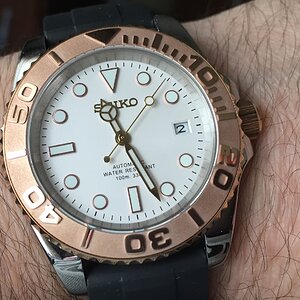
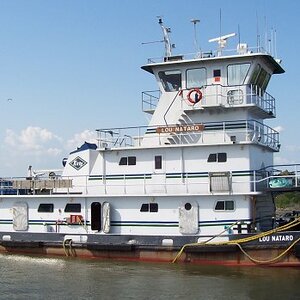
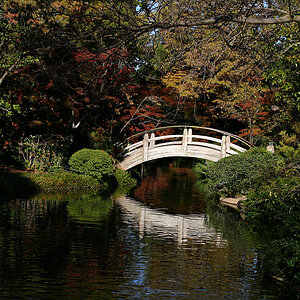
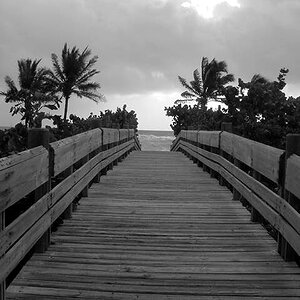
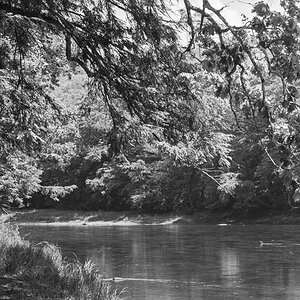
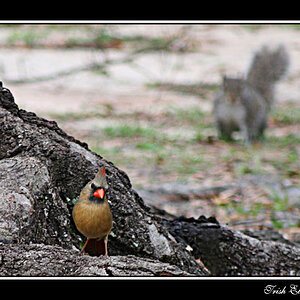
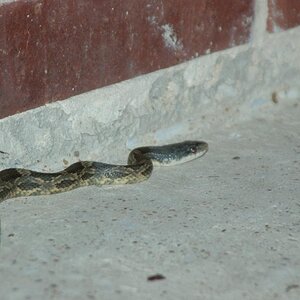
![[No title]](/data/xfmg/thumbnail/34/34692-a218056da5698d6c9b7cf734f656562d.jpg?1619736605)

